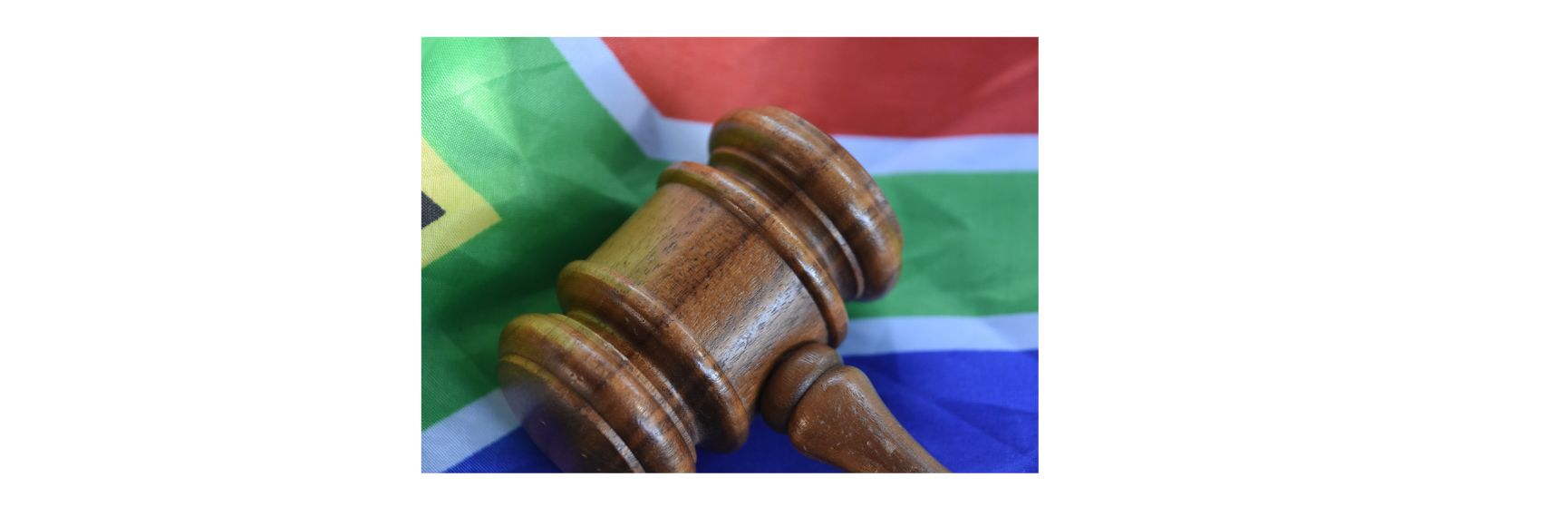
Posted by Concepcion Verdugo-Yepes[1]
Transparency International (TI) recently published its global Corruption Perceptions Index for 2018. The index, which ranks 180 countries by their “perceived levels of public corruption” (0 is highly corrupt,100 very clean), describes a largely gloomy picture of reality in most of the world’s regions. More than two-thirds of countries score below 50 out of 100. Most countries have seen no progress on corruption in the past seven years. While 20 countries have significantly improved their scores (including Estonia, Senegal, Guyana and Côte D’Ivoire), 16 countries have fallen back, including some advanced countries and emerging markets such as Australia, Chile, Malta, Hungary and Turkey.
The highest scoring region is Western Europe and the European Union (66/100), and the lowest scoring region is Sub-Saharan Africa (32/100). Denmark and New Zealand are the highest scoring countries, South Sudan, Syria, and Somalia the lowest.
Looking at the TI scores by region, the 2018 survey presents a mixed picture. In the Middle East and Northern Africa, corruption continues in the region as institutions and political rights weaken. The report notes that most countries are failing in the fight against corruption. United Arab Emirates (UAE) leads the region on the index, followed by Qatar. At the other end, Syria’s scores are low, followed by Yemen and Libya. Both Syria and Yemen are among the bottom five of the entire index.
In Africa, only eight of 49 countries score more than 43 out of 100 on the index. Despite commitments from African leaders in declaring 2018 as the African Year of Anti-Corruption, these has yet to translate into concrete progress. TI notes that the many undemocratic regimes undermine anti-corruption efforts. Seychelles scores at the top of the region, followed by Botswana and Cabo Verde, At the bottom of the index, Somalia and South Sudan score the lowest.
In Eastern Europe and Central Asia, only one country scores over 50 out of 100. TI notes that weak checks and balances threaten anti-corruption efforts, which have made little progress in recent years. Georgia leads the region in its TI score, followed by Montenegro and Belarus. Turkmenistan earns the lowest score, followed by Uzbekistan and Tajikistan.
In the Americas, the survey notes that weakening democracy and the rise in populism in some countries have hindered anti-corruption efforts. Canada is consistently a top performer, followed by the U.S. and Barbados. The lowest scoring country is Venezuela, followed by Haiti and Nicaragua.
The Asia Pacific region has made little to no progress in its anti-corruption efforts, mainly due to the overall weakening of democratic institutions and political rights. New Zealand scores 87 out of 100, closely followed by Singapore and Australia. North Korea brings up the rear, followed by Afghanistan and Cambodia.
TI notes that Western Europe and the EU are doing far better than other parts of the globe. However, for a well-performing region, the overlapping of national and EU-level integrity systems presents its own challenges, and there remains a long way to go to fight corruption efficiently.
In this challenging context, TI’s recommendations to fight corruption include, among others, to strengthen institutions and preserve check and balances, and to hold governments accountable.
So, how could the PFM agenda contribute to fight corruption? The presence of corruption generally indicates shortcomings in “good governance,” which have, at the end, consequences for the effectiveness of PFM processes and controls. One important lesson is that PFM diagnostics require a rigorous understanding of the political context of the country, how political power is exercised, and how corruption fits into the country’s political and administrative culture.
Such knowledge can help reformers determine the extent to which political leaders and decision-makers are committed to PFM reform and, if not, how best to influence their thinking. PFM diagnostic tools should also be able to assess the extent to which PFM systems, processes and institutions are undermined by corruption. Reforms should be designed to incentivize and strengthen key organizations and players, including those who push for anti-corruption policies.
The focal points of PFM technical assistance could also be shifted to areas that specifically help the fight against corruption. Examples include support for national audit offices, improvements in fiscal transparency and public investment management institutions, mitigation of fiscal risks imposed by off-budget expenditures and liabilities, and modernization of state-owned enterprises. Greater use could be made of long-term resident experts in countries where the risks of corruption are substantial. And training courses could be designed to help countries prepare their own assessment of PFM vulnerabilities to corruption.
[1] Economist, PFM2 Division, Fiscal Affairs Department, IMF.
Note: The posts on the IMF PFM Blog should not be reported as representing the views of the IMF. The views expressed are those of the authors and do not necessarily represent those of the IMF or IMF policy.




